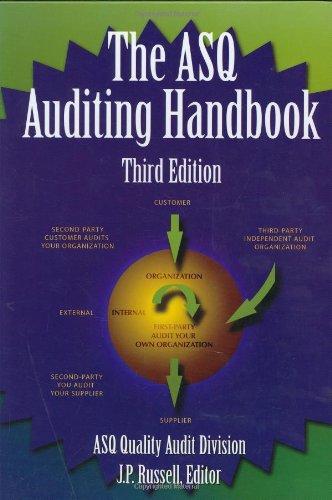One Trick Pony (OTP) incorporated and began operations near the end of the year, resulting in the following post-closing balances at December 31: Cash $ 18,970 Accounts Receivable 14,130 Allowance for Doubtful Accounts 430* 2,000 Inventory Deferred Revenue (40 units) 4,800 Accounts Payable 2,040 Notes Payable (long-term) 12,000 Common Stock Retained Earnings 10,900 4,930 credit balance. The following information is relevant to the first month of operations in the following year. OTP will sell inventory at $120 per unit. OTP's January 1 inventory balance consists of 50 units at a total cost of $2.000 OTP's policy is to use the FIFO method, recorded using a perpetual inventory system. In December, OTP received a $4,800 payment for 40 units OTP is to deliver in January, this obligation was recorded in Deferred Revenue. Rent of $1,140 was unpaid and recorded in Accounts Payable at December 31. . OTP's notes payable mature in three years, and accrue interest at a 10% annual rate. January Transactions a. Included in OTP's January 1 Accounts Receivable balance is a $1,200 balance due from Jeff Letrotski. Jeff is having cash flow problems and cannot pay the $1,200 balance at this time. On 01/01, OTP arranges with Jeff to convert the $1,200 balance to a six- month note, at 10% annual interest. Jeff signs the promissory note, which indicates the principal and all interest will be due and payable to OTP on July 1 of this year. b. OTP paid a $260 insurance premium on 01/02, covering the month of January, the payment is recorded directly as an expense. c. OTP purchased an additional 200 units of inventory from a supplier on account on 01/05 at a total cost of $8,000, with terms n/30. d. OTP paid a courier $400 cash on 01/05 for same-day delivery of the 200 units of inventory. e The 40 units that OTP's customer paid for in advance in December are delivered to the customer on 01/06. 1. On 01/07, OTP received a purchase allowance of $1,200 on account, and then paid the amount necessary to settle the balance owed to the supplier for the 1/05 purchase of inventory (in c). g. Sales of 60 units of inventory occurring during the period of 01/07-01/10 are recorded on 01/10. The sales terms are n/30. h. Collected payments on 01/14 from sales to customers recorded on 01/10. OTP paid the first 2 weeks' wages to the employees on 01/16. The total paid is $4,610. J. Wrote off a $980 customer's account balance on 01/18. OTP uses the allowance method, not the direct write-off method. k. Paid $2,280 on 01/19 for December and January rent. See the earlier bullets regarding the December portion The January portion J. Wrote off a $980 customer's account balance on 01/18. OTP uses the allowance method, not the direct write-off method. k Paid $2,280 on 01/19 for December and January rent. See the earlier bullets regarding the December portion. The January portion will expire soon, so it is charged directly to expense. LOTP recovered $370 cash on 01/26 from the customer whose account had previously been written off on 01/18. m. An unrecorded $130 utility bill for January arrived on 01/27. It is due on 02/15 and will be paid then. n. Sales of 70 units of inventory during the period of 01/10-01/28, with terms n/30, are recorded on 01/28. o. Of the sales recorded on 01/28, 10 units are returned to OTP on 01/30. The inventory is not damaged and can be resold. OTP charges sales returns to a contra-revenue account. p. On 01/31, OTP records the $4,610 employee salary that is owed but will be paid February 1. q. OTP uses the aging method to estimate and adjust for uncollectible accounts on 01/31. All of OTP's accounts receivable fall into a single aging category, for which 10% is estimated to be uncollectible. (Update the balances of both relevant accounts prior to determining the appropriate adjustment.) Accrue interest for January on the notes payable on 01/31. 5. Accrue interest for January on Jeff Letrotski's note on 01/31 (see a). Statement of Requirement General Journal General Ledger Trial Balance Income Statement Retained Balance Sheet Earnings Analysis For the month ended January 31, indicate the (1) gross profit percentage. (ii) number of units in ending inventory, and (i) cost per unit of ending inventory. (Round percentage answer to 1 decimal place.) Gross profit percentage % Number of units in ending inventory Units Cost per unit of ending inventory per Unit If OTP had used the percentage of sales method (using 2% of Net Sales) rather than the aging method, what amounts would OTC's January financial statements have reported for (1) Bad Debt Expense and (ii) Accounts Receivable, net? Bad Debt Expense Accounts Receivable, net If OTP had used LIFO rather than FIFO what amount would OTC have reported for Cost of Goods Sold on 01/10? Cost of Goods Sold








